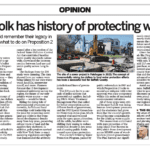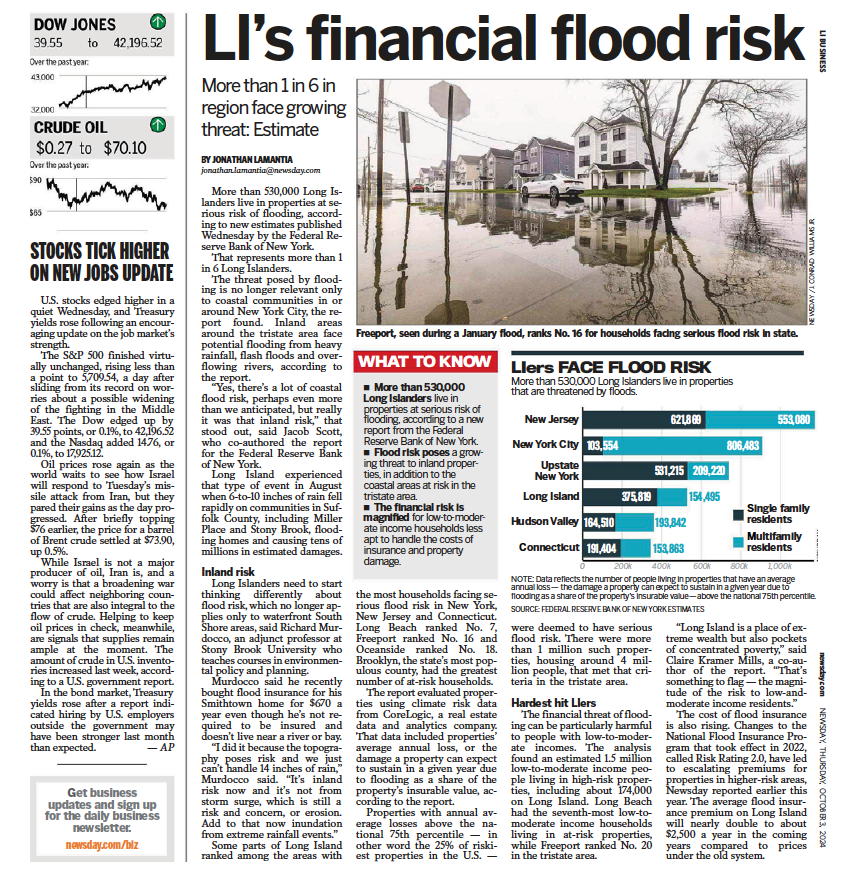Another day and another school district on Long Island is looking to sell their surplus property. Surplus property sales provide a financial shot in the arm to districts, but is the practice sound planning?
As always, it depends.
The Deer Park School District is looking to sell 220 Washington Avenue, a 17.7 acre site, for roughly $6.5 million so senior housing can be built on the site. Deer Park isn’t the only district to face the music when it comes to changing demographics- Sachem, Half Hollow, Lawrence and Island Trees all are mulling over similar proposals. While it would be easy to say “Ah- just sell the property, build on it and be done.” but if you’re reading this than you already know that on Long Island, there is no “silver-bullet” approach to solving any of our regional issues.
For Deer Park, the proposal in theory makes sense, especially since the site has been vacant for about 25 years. In practice, the jump to build senior housing ignores a fundamental principle of the urban planning process- studying the community needs. Does the Deer Park are need more senior housing? Or can the site be put to better use? That determination should be made by planners in the County and Town of Babylon, as well as area residents.
When it comes to the other districts, caution should be exercised when it comes to quickly selling off valuable property that often, is in the heart of residential neighborhoods. It’s far easier to close school buildings and repurpose them than it is to rebuild them. At one time, the buildings were built to teach children, but now demographics have proven the sites obsolete…for now.
Districts must be careful not to provide a knee-jerk reaction to provide temporary fiscal relief at the expense of future capacity. As I’ve said before, the brain drain is more the by-product of demographics than anything else. While today’s young may be leaving for the city and elsewhere, odds are at some point in the time they will return. Another baby-boom is far from impossible, and Long Island’s districts should be prepared. Further, the proposed senior developments at these sites present distinct conflicts of land use. Can the side streets where most of these schools are located accommodate the proposed density increases? What is the market demand for senior housing? Should these sites become commercial, mixed use or even industrial? Since they’re embedded in residential subdivisions, should they become community parks?
Overall, these questions represent a far-larger problem we face that goes beyond NIMBY concerns and School District budgets. Why isn’t there a comprehensive strategy as to what to do with these surplus properties?
Our system is so Balkanized, each municipality, and likewise, each school district, is left to their own devices in finding the best way to deal with these properties. It would make far more sense for administrators across municipal and district lines to get together, partner with local government, and come up with a regional strategy that accommodates today’s needs while anticipating the needs of tomorrow.
Now that would be sound planning.









